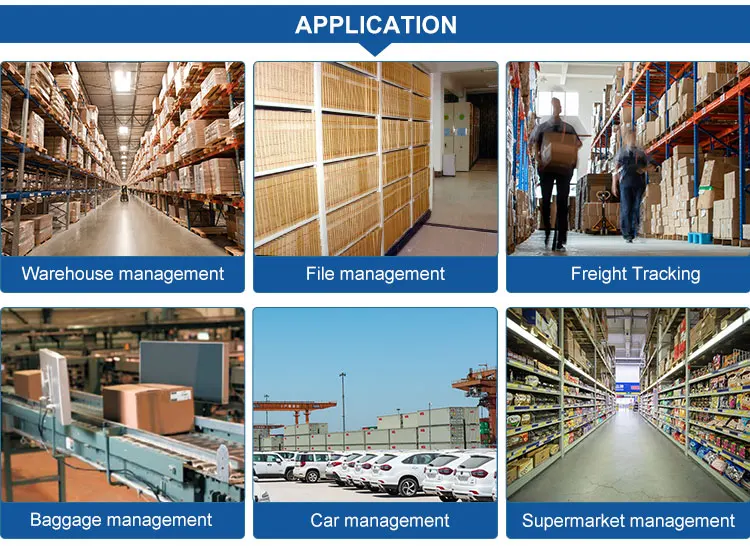Come tutti sappiamo, i tag elettronici sono principalmente suddivisi in tag elettronici ad alta frequenza, low-frequency electronic tags and ultra-high-frequency electronic tags according to frequency classification. Today, we mainly want to understand the advantages and applications of UHF RFID electronic tags.
1、 The advantages of UHF RFID tag;
It can recognize high-speed moving objects and multiple objects at the same time
1. It has strong penetrability and can resist harsh environment.
2. Security, confidentiality is also very strong.
3. It can be reused, and the memory capacity of data is relatively large.
2、 UHF RFID tag standard protocol;
Now the common UHF RFID Air Port protocols in China include international standards, national standards, industry standards, enterprise standards, ecc.
The most popular standards are 6C and 6D standards, namely ISO / IEC 18000-6c (63) and ISO / IEC 18000-6d (64). In addition, China’s national standard GB / T 29768-2013 was officially implemented in May 2014
3、 UHF RFID tag frequency band;
The definition and coverage of UHF tag frequency band are different all over the world
1. The frequency bands in China are 840 ~ 844mhz and 920 ~ 924mhz
2. The frequency band of EU is 865mhz ~ 868mhz
3. The Japanese frequency band is between 952mhz and 954mhz.
4. Hong Kong, Thailand and Singapore are 920mhz ~ 925mhz
5. La banda di frequenza degli Stati Uniti, Canada, Puerto Rico, Mexico and South America is 902mhz ~ 928mhz
4、 Application of UHF tag;
UHF RFID is widely used in the market, with the advantages of reading multiple tags at one time, long identification distance, fast data transmission speed, high reliability and service life, and being able to withstand outdoor harsh environment. Può essere utilizzato nella gestione patrimoniale, Gestione delle linee di produzione, gestione della catena di approvvigionamento, magazzino, anti-counterfeiting traceability of various goods (come il tabacco, Alcool, medicinale, ecc.), vedere al dettaglio, vehicle management, ecc.


